
Cats hide their feelings better than most animals, but that doesn’t mean they’re comfortable. When a cat doesn’t feel secure, the signs are often subtle. Sometimes, mistaken for quirks or personality. Stress can develop gradually until it manifests as health or behavioral issues. Learning to spot the early warnings makes life easier for them and calmer for you. Safety is everything to a cat, and it shows in small ways.
Hiding More Than Usual
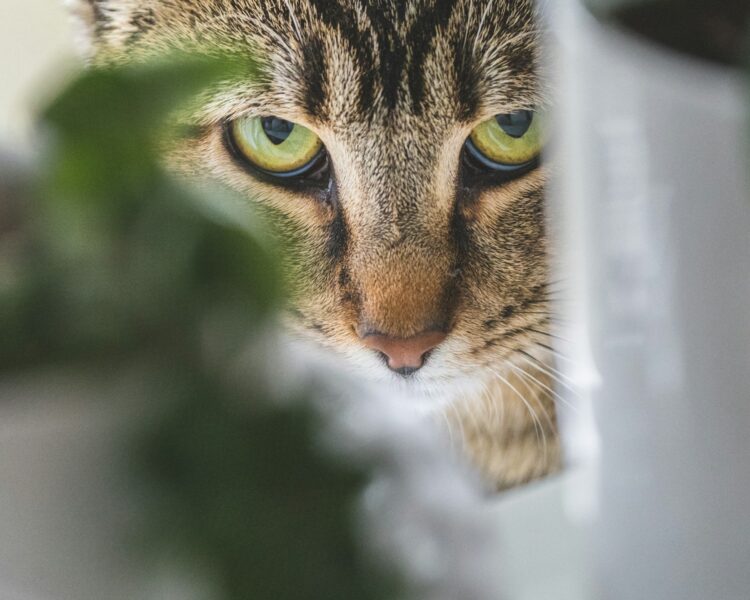
Every cat enjoys solitude, but when hiding turns constant, it’s a signal. Behind the couch, under the bed, or squeezed into closets—these aren’t just cozy spots, they’re safe zones. A cat that avoids open areas may be telling you the environment feels unpredictable. Check for changes: loud noises, new pets, or frequent visitors. Restoring quiet and predictability often brings them back into the open.
Flinching at Sudden Movement
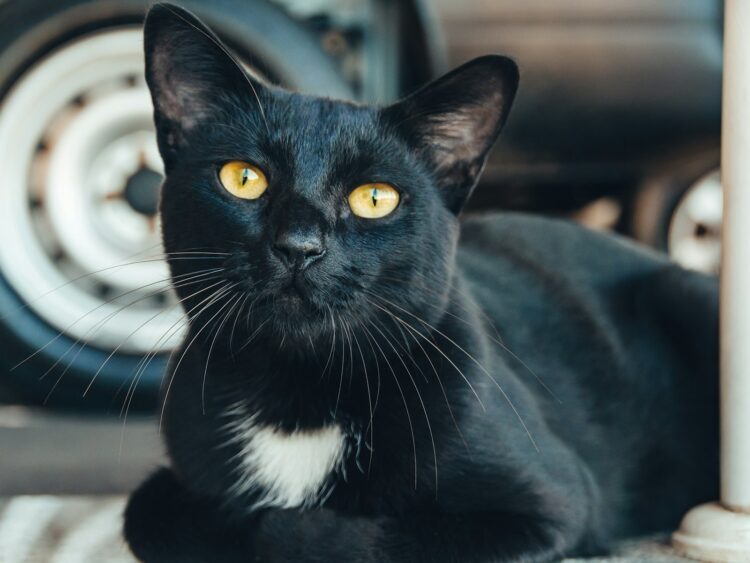
Cats normally have sharp reflexes, but flinching at every step, reach, or sound suggests nerves are on edge. A tail twitch, wide eyes, or low crouch reinforce the story. Instead of reaching fast or looming, move slowly, speak more softly, and give space. Over time, gentle interactions replace jumpiness with trust. Confidence builds when a cat learns that movements around them aren’t threats.
Constant Vigilance
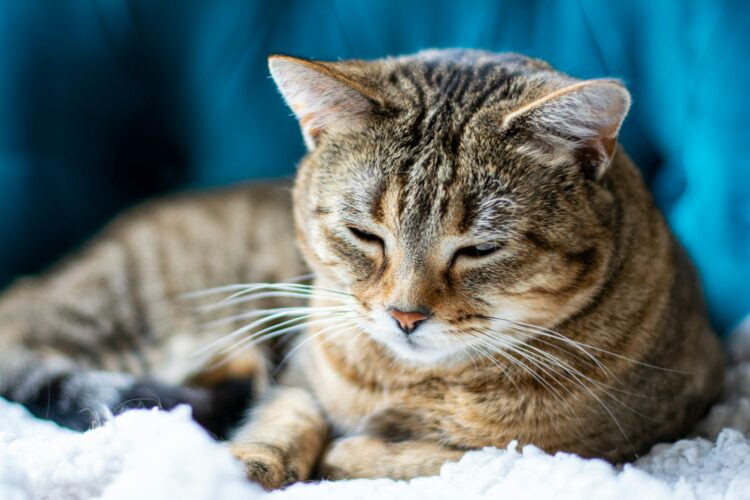
Some cats nap deeply, others rest with one eye open. When vigilance never drops, they’re not at ease. It’s like living in a constant state of watch. Create calmer zones away from windows or traffic, keep routines steady, and use hiding spots positively. When true rest returns, with long stretches of sleep, the worry has eased.
Avoiding the Litter Box

Cats are particular about bathrooms. Avoidance isn’t always about dirty litter; it can be tied to stress. A cat that suddenly soils outside the box may be anxious about noise nearby, new scents, or being startled mid-use. Place boxes in quiet areas, provide more than one, and watch if their habits return. Feeling safe while vulnerable is vital, and the box is the ultimate test.
Over-Grooming
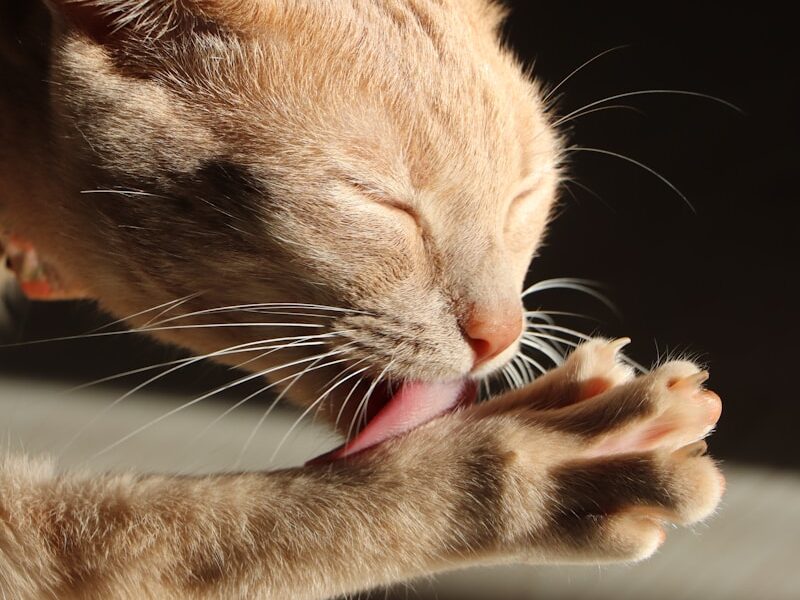
Licking is normal. Licking bald patches into fur isn’t. Anxiety often comes out through over-grooming, a repetitive behavior that self-soothes. The skin may show redness or thinning hair, especially on the belly or legs. Rule out medical causes, then focus on lowering stress. Add playtime, puzzle feeders, or calming pheromone diffusers. When licking slows and fur grows back, it’s proof that safety is returning.
Loss of Appetite
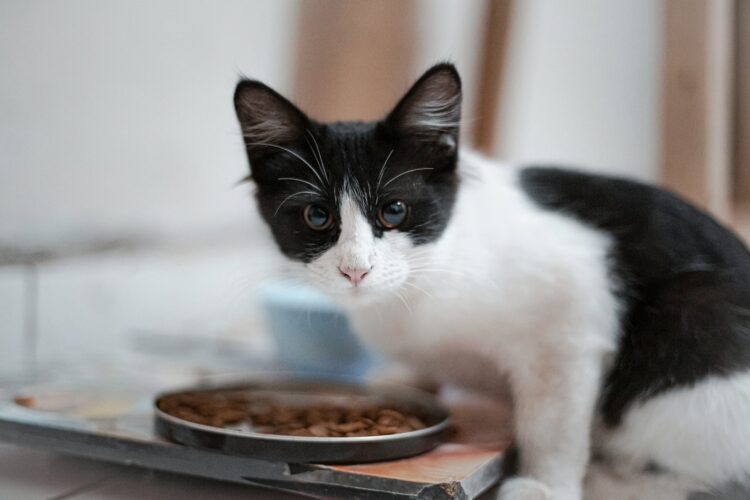
Food tells a lot about mood. A cat that skips meals even though they’re healthy may be unsettled. Appetite often dips when stress runs high, especially after changes in the household. Keep feeding stations quiet and consistent, and avoid scolding if meals are left untouched. When they return to the bowl on their own, it’s a sign the pressure has lifted.
Unusual Aggression
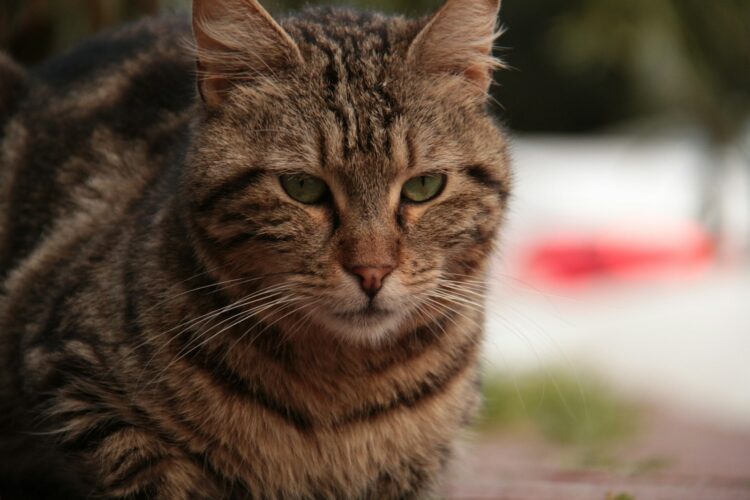
A cat that swats, hisses, or bites without a clear reason may be defending against fear. Aggression can be their way of creating distance when they feel unsafe. Look for triggers, like new animals, crowded rooms, sudden noises, and reduce them where possible. Offering vertical space, like cat trees or shelves, gives escape options. With control restored, aggression often fades into calmer signals.
Excessive Meowing
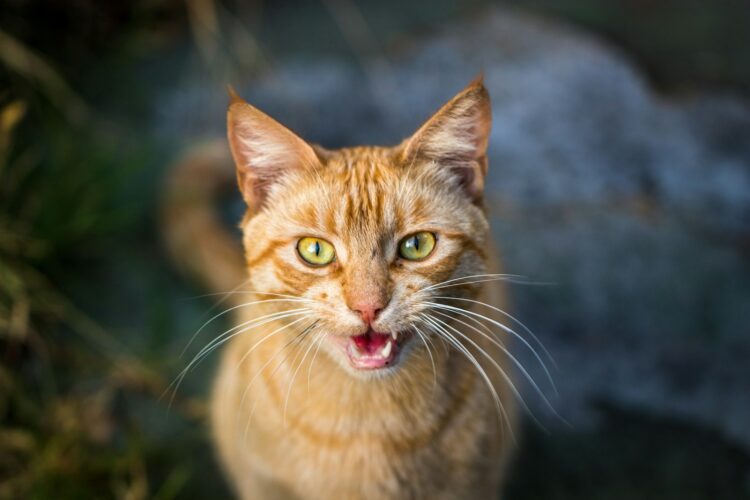
Some cats are chatty by nature, but sharp, restless meows can mean distress. If vocalizing increases suddenly, especially at night, it’s worth paying attention. Anxiety can make cats call out for reassurance. Respond with calm presence, not punishment. Gentle routines and soft play can settle the voice. When the meows are quiet, it usually means safety feels closer.
Avoiding Play
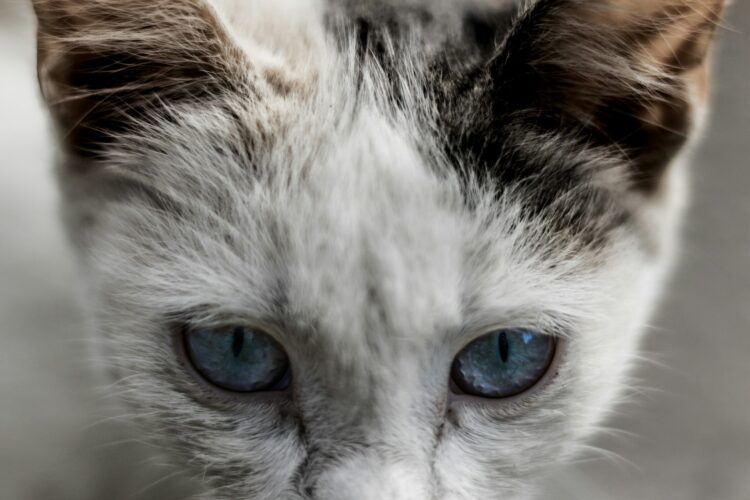
Play is confidence in action. A cat that stops chasing toys or ignores old favorites may be signaling unease. The change doesn’t mean laziness—it’s often anxiety holding them back. Try interactive play in low-pressure settings, short and gentle at first. Let them lead. When batting at a feather toy turns into a full chase again, you know trust is repairing itself.
Pinned-Back Ears and Tense Body
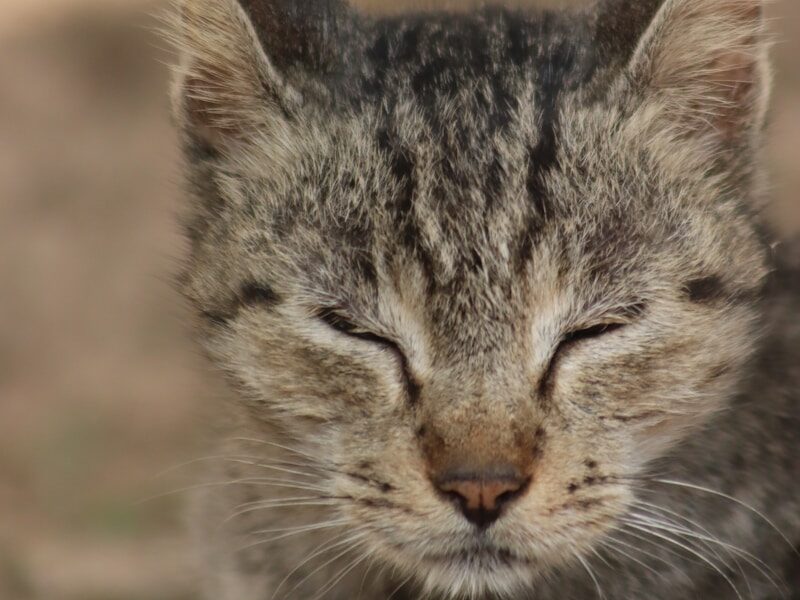
Body language says what words can’t. Ears flattened back, whiskers pulled tight, body low to the ground—all point to stress. These aren’t just fleeting moods; if they linger, it’s discomfort with the environment. Respect the signals by pausing interaction and adjusting the space. When the ears rise and posture loosens, you’ve helped turn fear into comfort.
Startling at Household Sounds
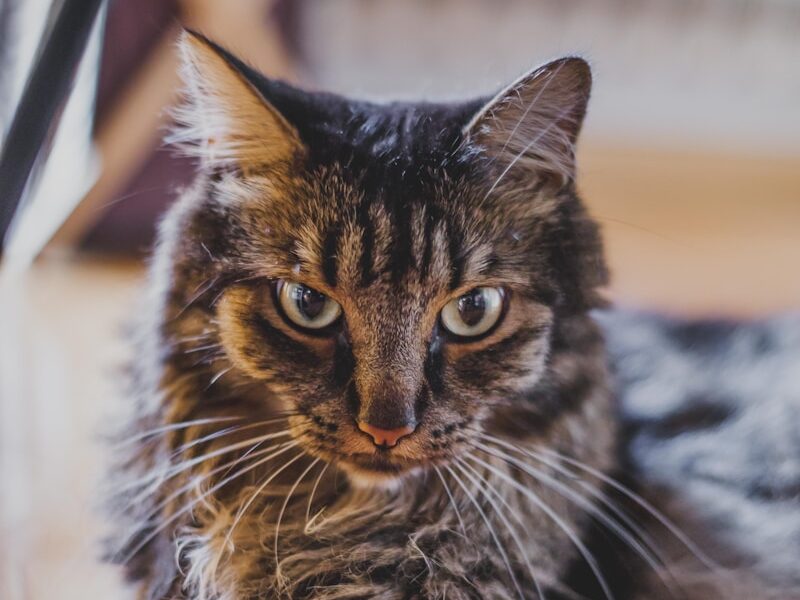
Everyday noises like a blender, vacuum, or even a phone ringing can rattle an anxious cat. If they bolt or tremble each time, it shows they haven’t made peace with the soundtrack of home. Introduce sounds gently, keep safe zones nearby, and never force exposure. Over time, familiar repetition in small doses helps normalize noise. The goal isn’t silence, but resilience.
Marking With Urine
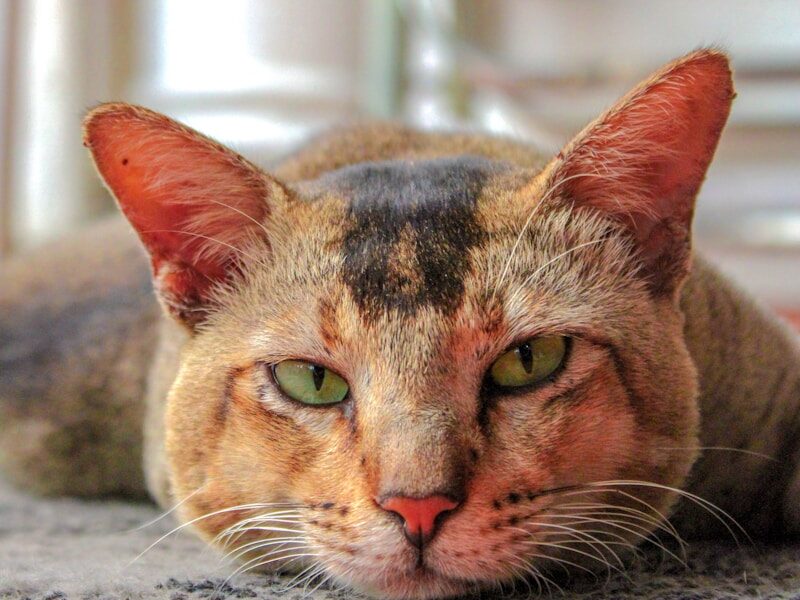
Scent is safety for cats. When they spray walls, furniture, or even belongings, it’s a claim against insecurity. They may feel threatened by outdoor cats, new pets, or even shifts in routine. Addressing the root stress—blocking outside views, adding vertical territory, or providing more litter areas—calms the need to mark. When scent marking fades, comfort has returned.
Following You Too Closely
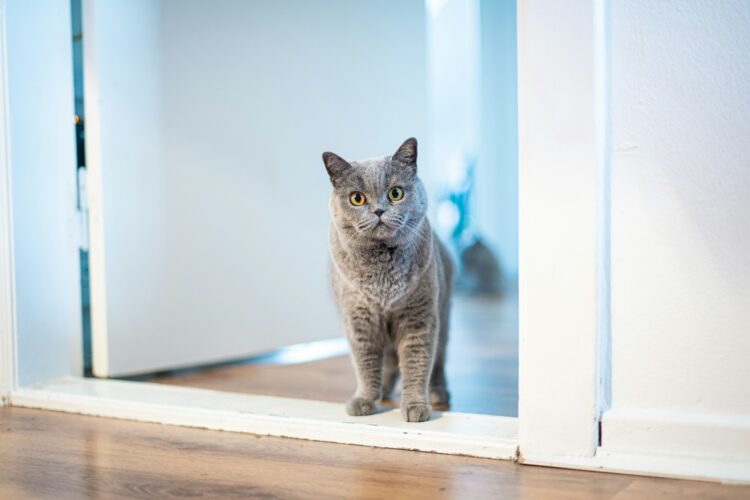
Companionship is normal, but sudden clinginess can reveal nerves. If your cat trails you constantly, sits in doorways, or panics when left alone, it may be insecurity driving attachment. Build gradual independence with short separations, puzzle toys, and calm returns. The goal isn’t pushing them away but showing they’re safe even without constant watch.Confidence grows step by step.
Trembling or Shaking
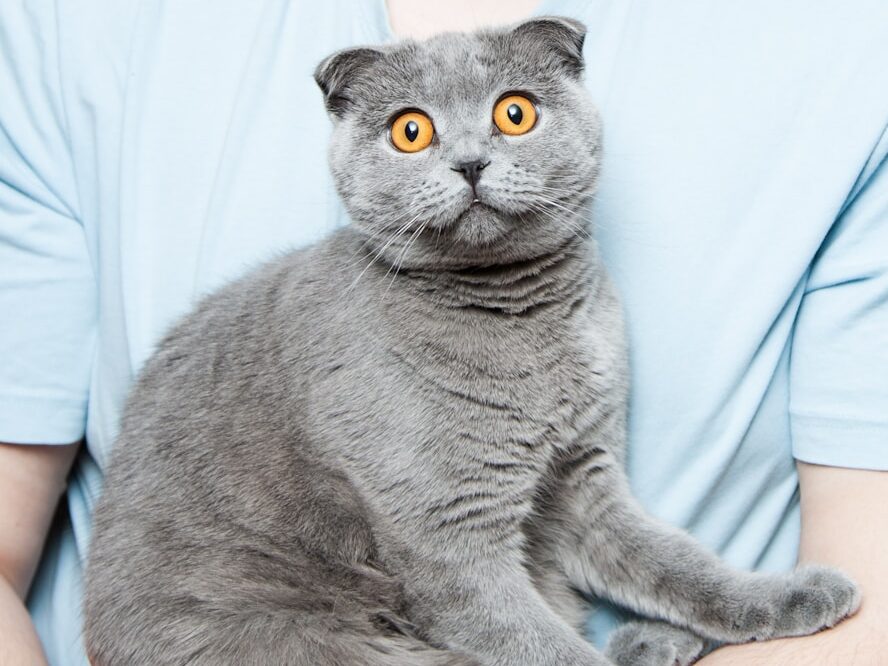
Trembling isn’t just for the cold. Some cats shake when anxiety peaks. It might show during storms, travel, or even routine vet visits—but if it happens at home often, their base environment feels unsafe. Offer shelter in cozy spaces, reduce triggers, and use slow, steady presence. When trembling eases into stillness, the reassurance has landed.
Lack of Grooming
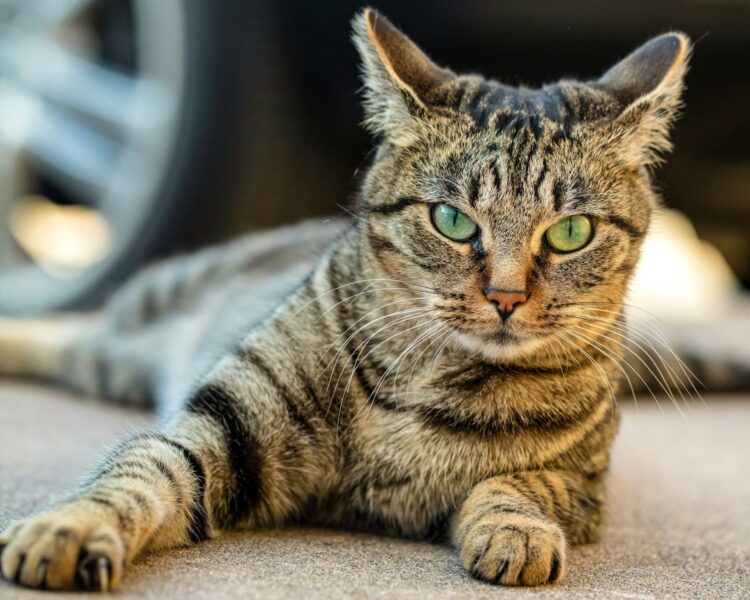
The opposite of over-grooming also signals stress. Cats usually keep their coats pristine. A dull, messy, or unkempt coat suggests anxiety has interrupted their routine. It’s a quiet red flag that something in the environment is wrong. Lower stressors, keep feeding and playing consistently, and support them gently. Grooming returns when safety does—it’s a cat’s way of saying, “I can relax now.”

